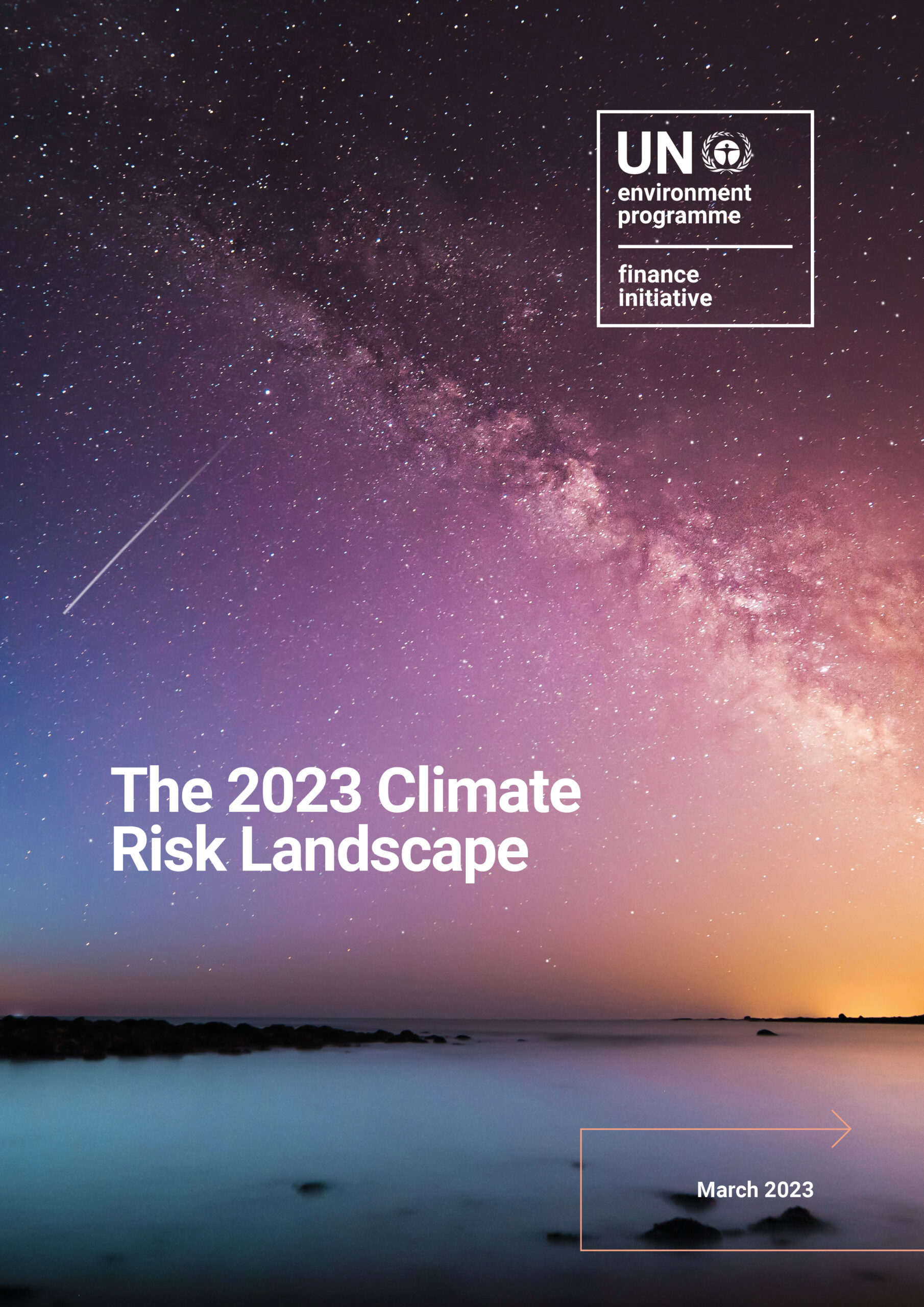Absolute emissions must be reduced across the entire value chain to limit global temperature rise to 1.5°C and limit the dire consequences of climate change. Delaying action will only make this harder and lower the chance of decreasing greenhouse gas (GHG) in the atmosphere through carbon removal. To reach net zero by 2050, swift and deep emission reductions are thus required across all sectors. A credible net-zero financial commitment must therefore ensure full coverage of the emissions scope of the financial institution, including all activities throughout its value chain.
This article presents UNEP FI’s fifth recommendation on credible net-zero commitments as outlined in a UNEP FI input paper to the G20. The eleven recommendations, alongside this series of articles, aim to support policymakers in understanding the progress in net-zero finance to date and how to scale up the global transition to a net-zero economy.
Emissions through the value chain
GHG emissions of a company are classified into three scopes:
- Scope 1: direct emissions from company-owned and controlled resources.
- Scope 2: indirect emissions from the generation of purchased energy from a utility provider.
- Scope 3: all indirect emissions not included in scope 2 that occur in the value chain of the reporting company, including both upstream and downstream. For financial institutions in particular, category 15 is designed to reflect scope 3 emissions associated with its investments, not already included in scope 1 or scope 2.
Around 97% of a financial institution’s GHG emissions are situated in scope 3 since associated with financing, investment and underwriting activities. Hence, it is essential for financial institutions to focus on reducing scope 3 emissions. Within this, and in turn, financial institutions should examine the scope 1, 2, and 3 of their investee companies. It is important to note that one investee company’s scope 2 is likely to be another investee company’s scope 3 (e.g. an oil and gas company’s sold products, purchased by an aviation company, to both of which an investor or bank may provide financing), and scope 3 data has traditionally been relatively unreliable.
Despite the challenges of covering the full emission scope, institutions properly engaging investee companies across their portfolios offers opportunities for generating tangible emission reductions across the value chain.
Capture the full picture
Given the unique nature of financial institutions’ loan books and portfolios, best practice suggests covering scope 1, 2 and 3 of the underlying exposures as well. Yet, to achieve comprehensive coverage of the entire value chain, a coordinated effort is needed to accelerate the availability and quality of emissions data. Policy efforts to establish consistent GHG disclosure requirements is fundamental for ensuring reliable and comparable emissions measurement.
In conclusion, addressing GHG emissions throughout the entire value chain is crucial for financial institutions. Given that the majority of their emissions stem from financing and investment activities, prioritising scope 3 emissions becomes imperative, particularly so in certain economic sectors where scope 3 emissions are the majority of the entity’s emissions.
Capturing the complete picture requires a collaborative effort. Policymakers and standard setters can work together with financial institutions and other industries to enhance the availability and accuracy of emissions data across sectors through disclosure requirements.


